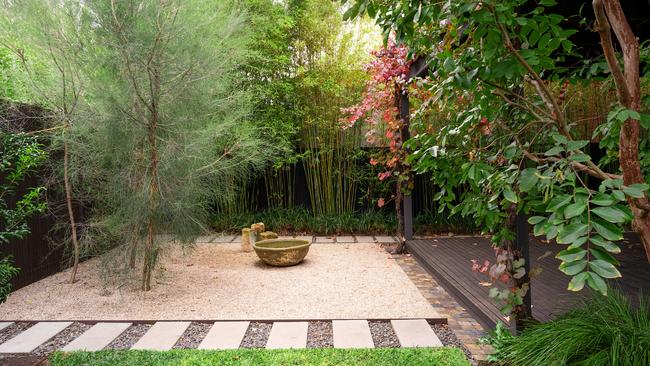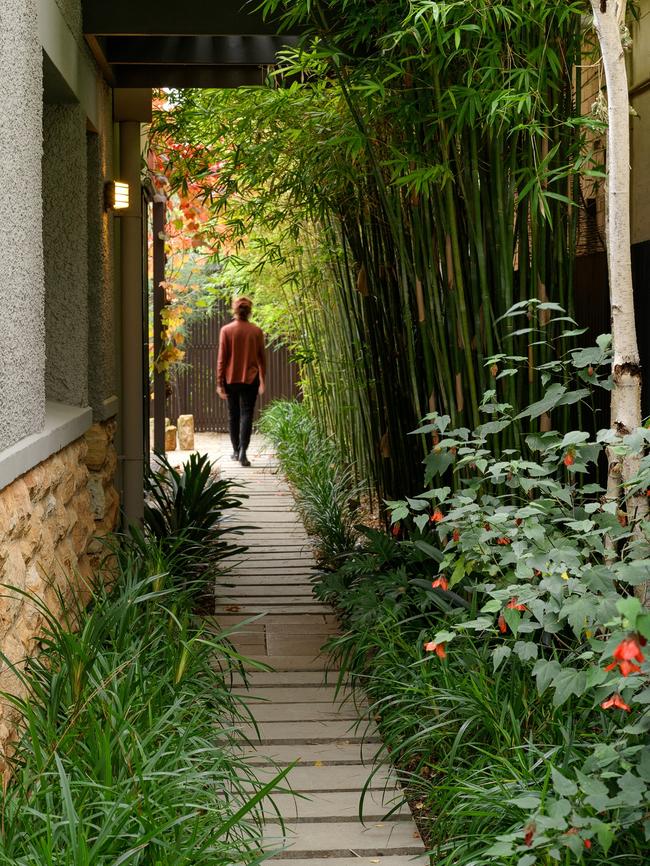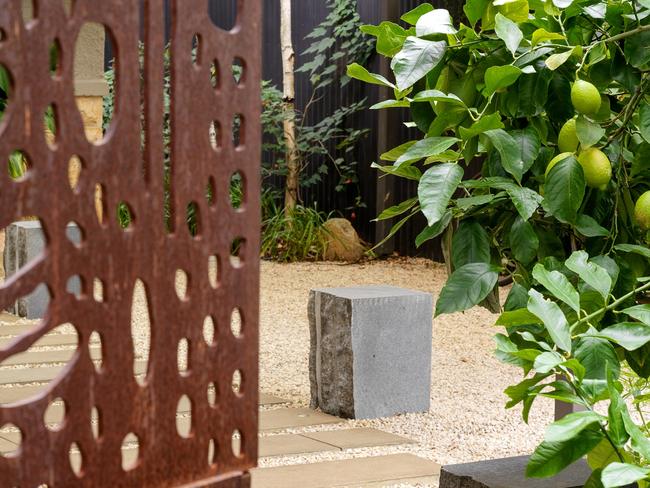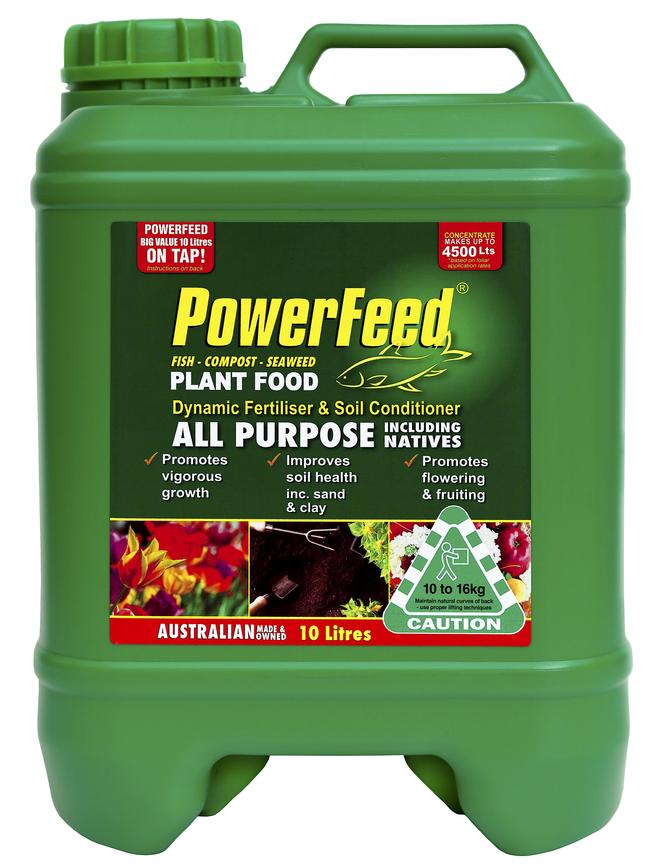Landscape architect Kate Cullity: this is still one of my favourites
Elegant restraint - “a simple, Japanese aesthetic” - is the key in this established garden near Adelaide’s Park Lands.

The garden around this home in Dulwich, a stylish suburb near Adelaide’s Park Lands, was created in 2007 but is still a favourite for the landscape architect who designed it, Kate Cullity.
The clients’ interests, particularly in growing produce, drove the elegantly restrained design, which blends fruit trees and raised vegetable beds with native plants and water features to attract wildlife. “There is a simple, Japanese aesthetic to it,” says Cullity, whose firm Taylor Cullity Lethlean is responsible for some of our best public landscapes. “They had collected images of gardens they liked, which gave me a strong visual understanding of what they wanted.”
The new garden was part of a major renovation of the house, which sits on a reasonably small block. In the back garden, timber screens hide utilities such as the shed and clothesline from the living areas. The north-facing vegetable beds are similarly tucked away, but espaliered fruit trees – notably a splendid fig and a pomegranate – are trained along the front of the timber screens.

At the back of the house, autumn-hued ornamental grape drapes along the pergola above a timber deck. It opens to a courtyard of local Stonyfell gravel that features three she-oaks (Allocasuarina verticillata) and a simple water bowl commissioned from a local artist. Cullity used local bluestone paving setts as a detail around the deck. “I love using them as they have the most beautiful brown-silver colours that really glisten,” she explains.
In a generous bed next to the deck, a mix of low native vegetation and a bespoke birdbath provide habitat for birds, lizards and insects. Plants include correas, grasses and Banksia blechnifolia, one of Cullity’s favourite groundcovers. White crepe myrtles (Lagerstroemia ‘Natchez’) offer shade from the hot western sun, as well as summer flowers, autumn colour and interesting bark.

Planted along the side boundaries for privacy is slender weaver’s bamboo (Bambusa textilis ‘Gracilis’), which Cullity knows grows well in Adelaide. Opposite the living room windows, silver birch trees and orange-flowered Chinese lantern (Abutilon x hybridum) combine to form a pretty outlook. “I think abutilons are wonderful,” says Cullity. “They thrive in dry shade and the bell-shaped flowers are quite intriguing – and abundant. I like the way abutilons provide an ethereal mid-level under trees.”
In the front garden, wide stepping stones of sandstone-coloured concrete lead informally through a ground plane of Stonyfell gravel to the front door. To subtly delineate the pedestrian path from the driveway, Cullity used cubes of local black granite. “I’m really keen to separate people and cars,” she says.
The laser-cut front gate of weathering steel, which she designed, is similar to one at her own house that the clients saw and liked. They praise Cullity for her “extraordinary eye for form and detail” and her ability to listen and implement their aesthetic.
Cullity, for her part, says: “It’s wonderful to go back to a garden long after designing it, when the clients have so lovingly cultivated it while remaining true to the original design concept.”
Q&A
Our granddaughter has just spent her pocket money on some indoor plants. I’m keen to encourage her – what’s the best bit of advice? Marilyn Beckett, Mornington, Vic
Overwatering kills more indoor plants than anything else, so let the plants dry out a little between waterings and never let water sit in the saucers. She’ll find plant friends, blogs, advice and inspiration at plantlifebalance.com.au, which she can also follow on Facebook and Twitter.
What is the best method to trim an 80-year-old healthy, prolifically flowering sasanqua camellia? It needs reducing in height for our neighbour’s river views. Penny Griffith, Sydney
Camellias can be pruned as hard as you like – even to bare branches – and they will recover. The best time is after flowering and before spring. However, hard pruning will stimulate a surge of vertical shoots that might spoil the tree’s graceful shape if it has never been pruned. A better alternative is to thin the canopy to allow partial views through the tree, preserving the main framework. You need a skilled arborist to do this.
How can I make my garden enticing for blue-tongue lizards? Leigh Stott, by email
Blue-tongues will use urban shelters such as drainpipes and crevices under concrete slabs, or hollow logs. They like leaf litter to forage in and dense vegetation for cover – groundcovers, tussocky grasses and bushy, low shrubs. They also like to bask on warm rocks and footpaths. Pet cats and dogs are a major threat. Blue-tongues eat many garden pests including snails and slugs. Avoid snail baits, as lizards can die from eating poisoned snails.




